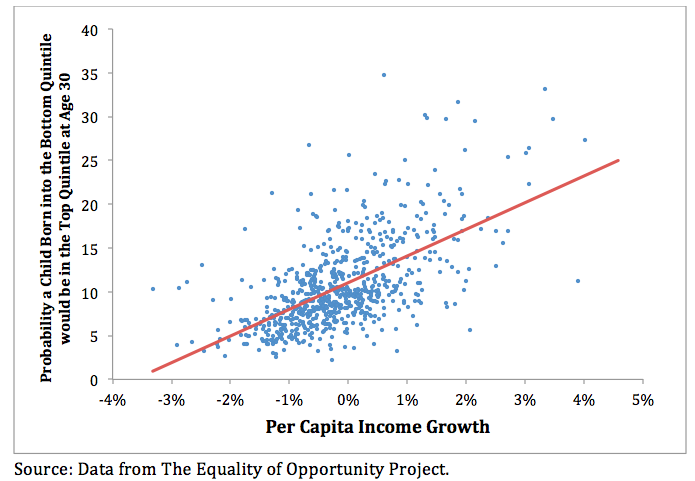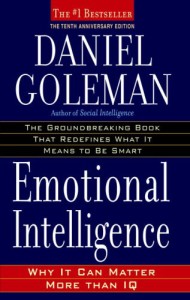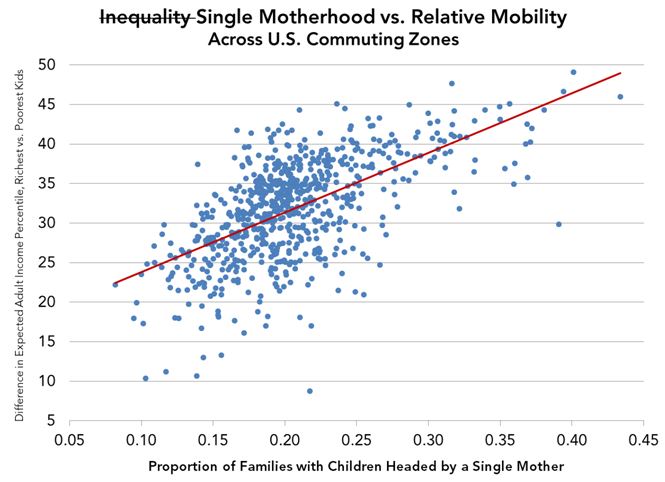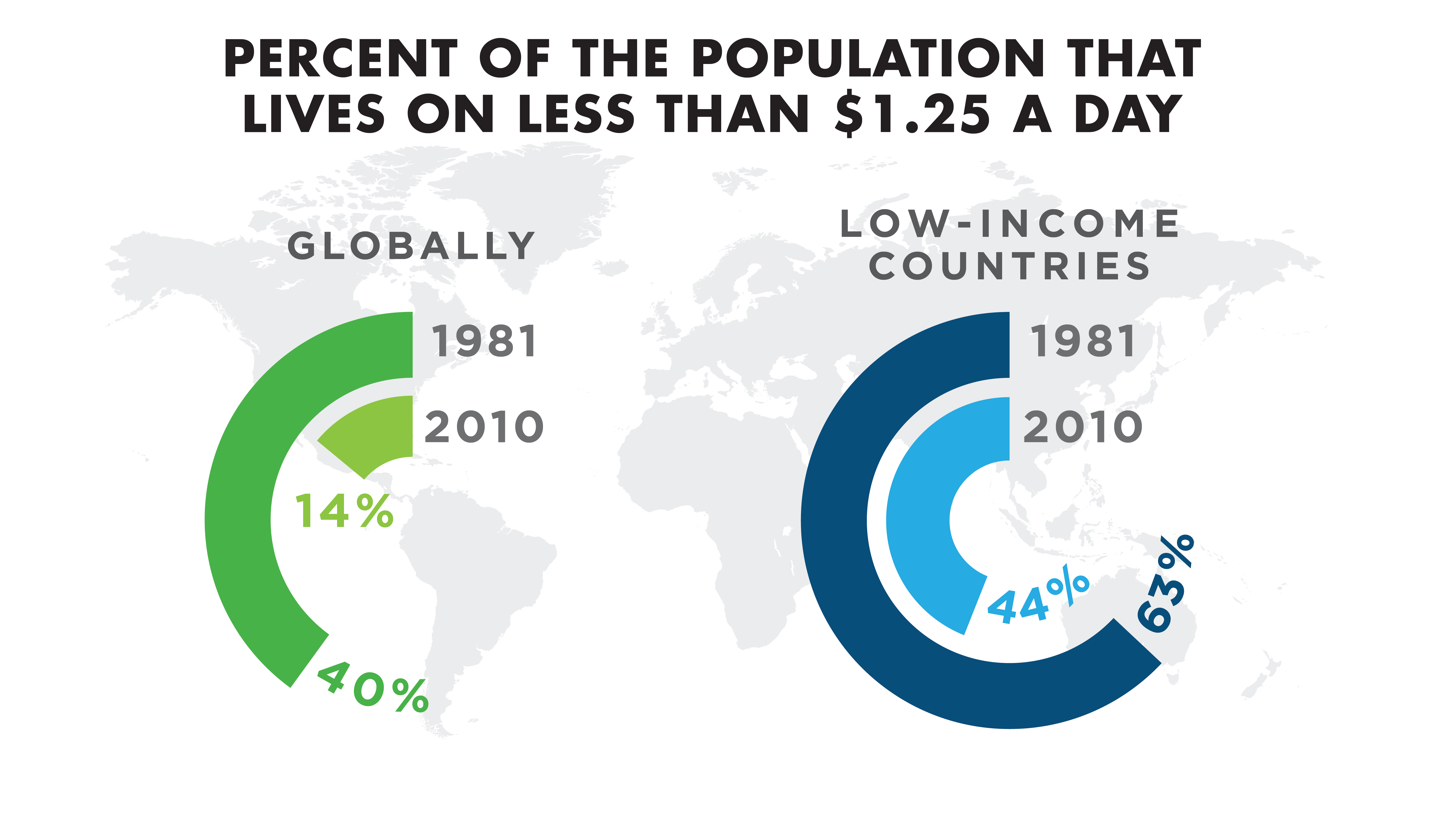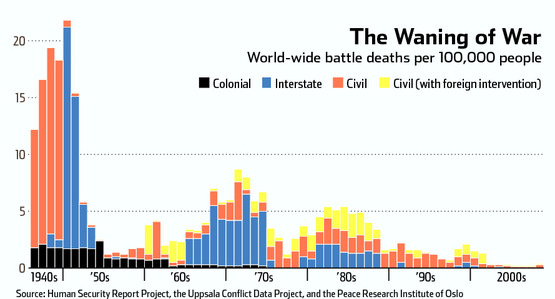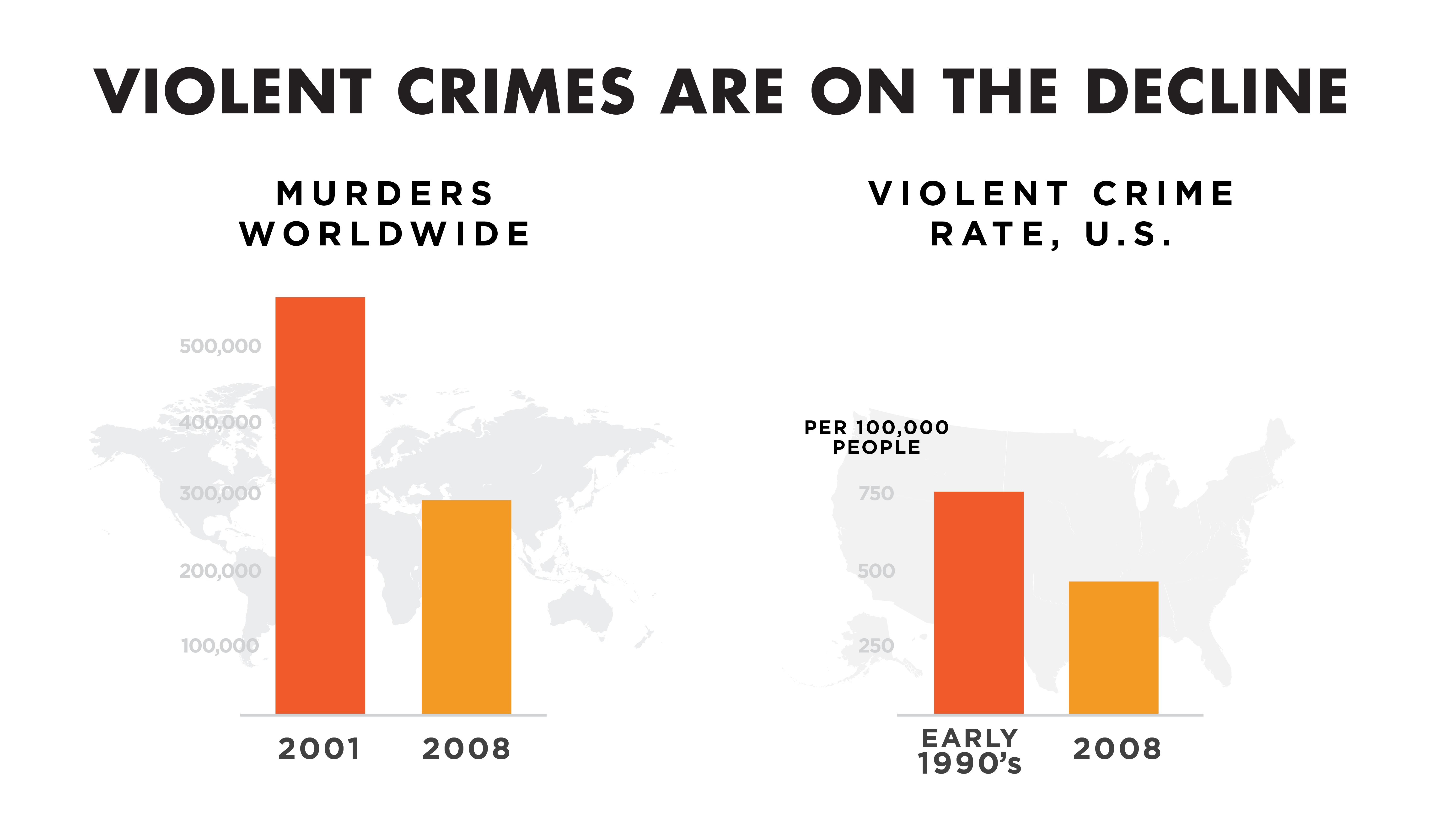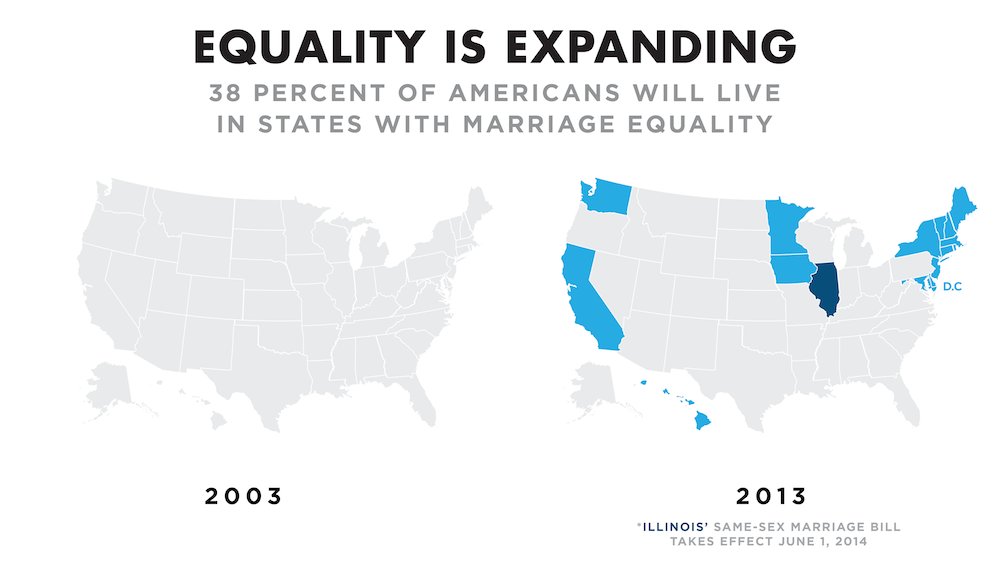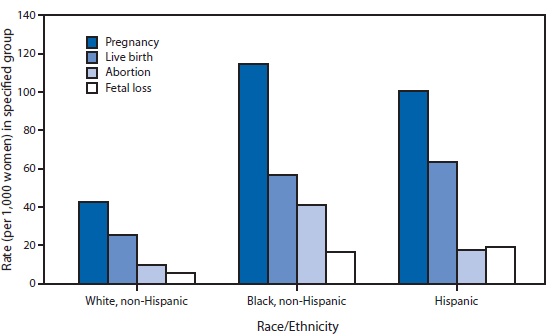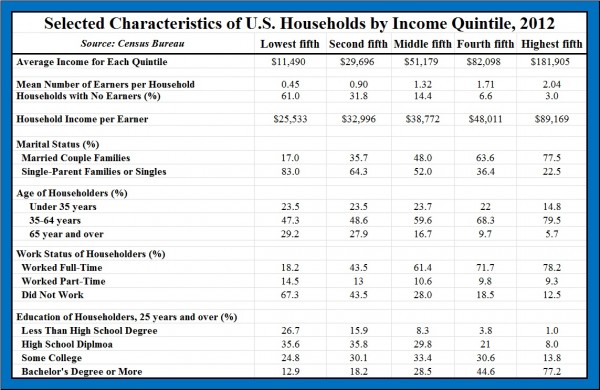Amy Chua is the infamous author of Battle Hymn of the Tiger Mother, which is one of those books I suspect everyone hates but no one has actually read. I’m a little guilty of that, in that I haven’t read the book but–based on articles by Chua and her daughter–I’m deeply suspicious of the basic premise. Which is that Asian-style parenting (i.e. remote and harsh) makes for better kids. Some of Chua’s stories about her domineering and cruel parenting techniques were downright alarming.
Now Chua is back with a new book, cowritten with her husband, about cultural superiority. As the New York Post covers it, the new book (The Triple Package) outlines 8 enviable cultures who get it right and contrasts them with basically everyone else. (If you’re curious, and I was, the list includes: Jewish, Indian, Chinese, Iranian, Lebanese-Americans, Nigerians, Cuban exiles, and Mormons.) As with Battle Hymn, I haven’t read this one yet. But the vociferous and angry reaction is making me curious.
A friend happened to send me an old essay (from 2004) about What You Can’t Say the other day. It’s all about techniques for finding our own unquestioned assumptions and taboos (because, like fashion, culture is invisible when you’re in the thick of it). Well, no one doubts that Chua has put her finger right on a raw American nerve and, like What You Can’t Say argues, I can’t help but believe part of the reason the nerve is so raw is that her argument isn’t as ridiculous as everyone wants to believe.
Consider Maureen Callahan’s takedown in the New York Post. She claims that Chua leaves Muslims alone because they are “too controversial to warrant a mention.” Whenever you see a combination of high vitriol and low common sense, you should be suspicious. Chua doesn’t address Muslims because “Muslim” is not a cultural group, just as “Christian” is not a cultural group. The criticism makes no sense, especially when you observe that Iranians (one of the 8 elite cultures) are predominantly Muslim.
In the United States we a have a deep and abiding fear of anything that looks like racism, but we’re not always really clear about what exactly “racism” entails, or why it’s wrong. Our paranoid avoidance of the topic doesn’t actually promote tolerance. Just silence. Ever since my sophomore English teacher had the class read and analyze an article defending The Bell Curve, I’ve believed that the best way to handle sensitive topics like this is openly and honestly. But everyone I see rushing to condemn Chua seems to be interested in shouting her down as opposed to countering her ideas, which is why you get arguments as bad as Callahan’s. (Did she even read the book? I suspect not.)
The problem with Battle Hymn, for me, is not that it in asserting Asian superiority it violates a taboo, but rather that I’m skeptical of the evidence. I’ve read a little bit about Asian success in the United States, and one of the observations is that while Asians as a group tend to stand out academically they are curiously absent from the top (like CEOs). Some have attributed this to a culture that emphasizes conformity and obedience over leadership qualities. Maybe Chua’s parenting style is great for raising engineers who can spend their time working for WASP CEOs? Similarly, I’ve read many critiques of Triple Package that question the validity of using immigrants because of selection problems, and that’s a great response, but are we so afraid of the mere idea that some cultures may be better at certain things than others that we’re not actually willing to even have the conversation?
Ultimately it doesn’t make sense to ask if culture A is better than culture B in general because “in general” is too broad a category. But if you identify specific variables (say, college graduation or median income) and are careful with the statistical analysis there’s no reason, in principle, that you wouldn’t be able to identify cultures that stood out and even try to learn what allowed for their success. I’ve got no idea if Chua is just pushing buttons for fun and profit or if she has a legitimate case to be made (no reason it couldn’t be both), but I do think that the rapidity with which her book has been trashed because it violates our current social taboos is both sad and silly.
Folks who embrace strong, anti-scientific rhetoric are flaunting their disregard for the world’s estimation of their IQ and burnishing their loyalty for all to see. They are signalling to their fellows, yes, but it’s more than that. They are enacting a narrative of persecution and using the scorn that comes their way to validate their sense of importance and role in a larger narrative. The folks on the other side of the fence, those who mock the anti-science crowd, are displaying their sophistication and cosmopolitan nature. Once again, they are signalling to their fellows and strengthening social bonds, but they are also paying the cover charge to see themselves as participants in some grand endeavor. Instead of taking the role of a stalwart band of besieged disciples, however, they are playing the part of foot soldier in the ongoing march of progress. Mocking those who seem ignorant is a cheap price to pay for feeling like you’re part of the rising tide of enlightened reason. (Especially if you bear the burden of a near total lack of relevant scientific expertise.)
